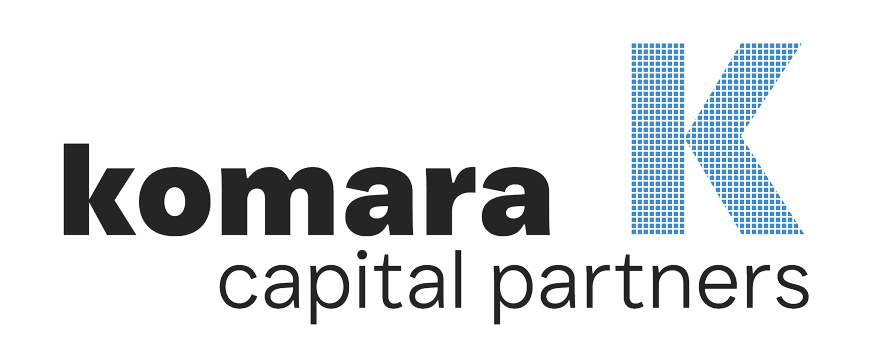8 Aspects To Consider For Financial Accounts at Multiple Institutions

Having bank accounts, investment accounts, and other financial assets spread across multiple institutions can offer certain advantages, such as diversification of custodians and the potential to reduce concentration risk. However, this approach may also introduce complexity and other challenges. Below are some key considerations to keep in mind when evaluating how your accounts are structured.
1) Tracking & Management
- Overlooked accounts – small balances or rarely used accounts may be unintentionally overlooked
- Inefficient cash flow – money may sit idle in low-interest accounts simply because it is “out of sight” and may not be working as effectively toward your financial goals
2) Administration
- More logins and passwords – managing access across platforms can increase risk of losing access or unauthorized access
- Extra paperwork – multiple monthly statements, tax documents, and regulatory notices
- Time sink – monitoring multiple accounts may require additional time to track performance, fees, and activity
3) Financial Clarity
- Hard to see the “big picture” – without consolidating reporting, understanding your total net worth, asset allocation, and overall investment strategy can be more difficult
- Inefficient investment strategy – potential for overlapping funds or unintended overexposure to certain sectors (i.e., you may think you’re diversified but in actuality you may have duplication going on)
- Missed rebalancing opportunities – harder to ensure your portfolio is aligned with the risk tolerance you are comfortable with
4) Costs
- Multiple account fees – some accounts may carry maintenance fees, transaction charges, or minimum balance requirements
- Duplicated services – paying for similar features across multiple providers may not be cost-effective, depending on your financial situation
5) Tax Filing
- Extra tax forms – each account may generate separate tax forms (e.g.,1099s, 1098s, K-1s)
- Errors – multiple data sources may increase the chance of omitting or misreporting data
- Slower preparation – filing may take longer when tax documents are spread across several institutions
6) Security
- More points of vulnerability – each additional account is another potential target for identity theft or fraud
- Inconsistent security standards – not all institutions have equally strong protections or cybersecurity infrastructure
7) Heir or Executor Access
- Complex estate settlement – it may be harder for heirs or executors to locate all accounts and associated documentation
- Risk of “lost” assets – unclaimed funds can end up in state unclaimed property accounts
- Slower probate process – multiple institutions = more legal and administrative work
8) Relationship Building
- Preferred client status – in some cases, holding more assets with a single provider may offer access to lower fees, bundled services, or enhanced customer service, though these benefits vary and are subject to each provider’s policies
- Advisor relationship – a financial professional may be better positioned to provide comprehensive guidance when they have a full view of your financial landscape
Let's Talk
If you’d like to assess whether there are opportunities to simplify your financial life
